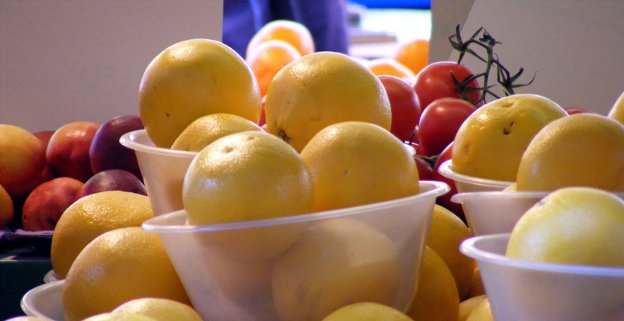
There are some who argue that high-concept beers are, at best, pointless and, at worst, damaging to The Culture of Beer. For our part, though we rarely drink them and certainly don’t make much of an effort to seek them out, we sometimes find the ideas behind them funny, and feel, ultimately, that they have their place.
Within a given brewery’s range, silly beers can play the same role as the concept car, or those catwalk clothes that prompt people to say: “You’d never actually wear it out in a million years, would you?” They make a statement about values; they speak to the skill and imagination of the brewer; and they create buzz. Often, they’re impossible to find in the real world and prohibitively expensive when they do turn up, but that doesn’t really matter — it’s all about the halo effect. “I heard something about this brewery! Their head brewer is a genius!” says the consumer, and then chooses that brand of perfectly nice bitter or lager over another.
For drinkers, the benefit of such beers is negligible, though perhaps ingredients or techniques from the CRAZY!!! beer might help the brewer level up, and thus influence for the better something more mainstream they brew down the line. If you’re the kind of drinker afflicted with the need to ponder your pint, however, then WACKY!!! beers provide much needed input: the opportunity to be outraged; to question what beer is; and to articulate what exactly it is you do want.
Is thinking and talking about beer a good thing? If it helps to prevent a slow sleepwalk into monopoly and across-the-board blandness, then the answer is probably yes.
We were prompted to think about this by Elizabeth David who, in her book Italian Food, mentions the Italian poet Filippo Marinetti and his proto-Heston Blumenthal ‘futurist food’ manifesto.




